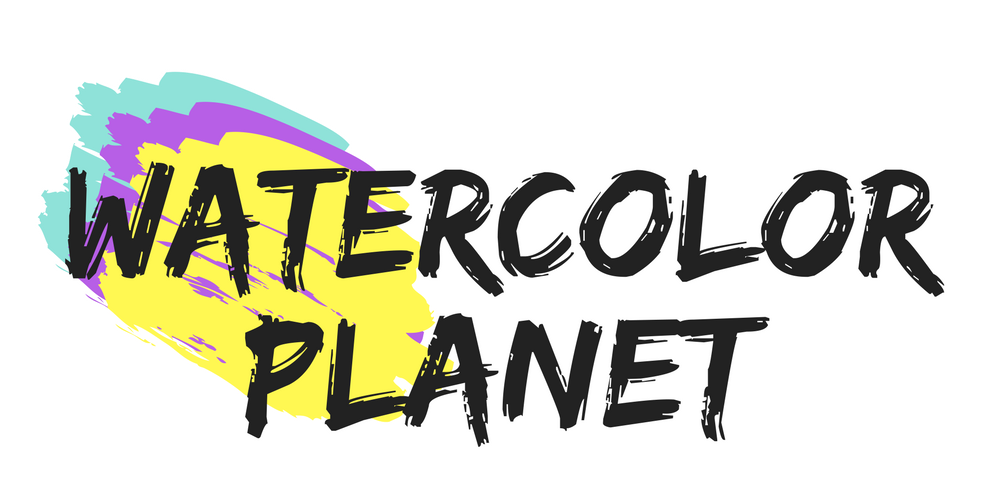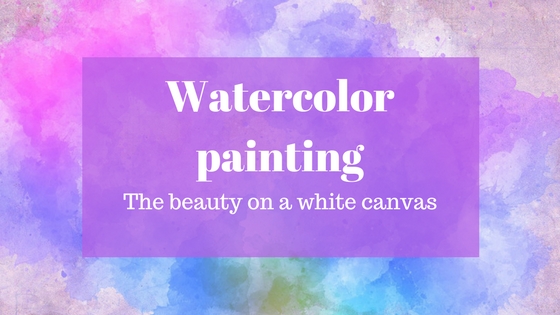This technique makes use of semitransparent layers and color pigments suspended in water that creates a kind of randomness effect on the paints.
Unlike other techniques, watercolor begins with light tones gradually moving to the darker ones. The white color isn’t used here since the white paper is preserved in the painting process to create lighter tones.
Watercolor is also known as aquarelle, which is closer to the Spanish word for the technique (acuarela). The term comes from Italian, and it’s a diminutive form of the word water. Watercolor also refers to the art produced by this medium.
A little about the history
The tale of Watercolor is not separate from the history of paper. Egyptians applied flat ink on paper made of papyrus. Later they discovered other tones and more dynamic use of ink on paper.
Other ancient cultures also discovered the use of the technique in their way. In China and Japan, they created beautiful artworks on silk and paper. Their work —which is preserved until now— has a calligraphic style and for literary purposes. But the overall appreciation of the art reflects a landscape which was important in the development of the Western Watercolor concept in later centuries.
It was in the 18th century that Watercolor painting made its way around, being a fruitful period of artistic expression. It was during this period that the first watercolorist school was created in Britain.
By what British had already developed, Americans soon begin to have eager experimentation with this technique thinking outside of traditional English references to produce unique and outstanding artworks.
Like other disciplines, the evolution of the technique throughout history has contributed to a comprehensive and developed understanding of the Watercolor based medium.
Famous artists that mastered watercolor painting
Vincent Van Gogh
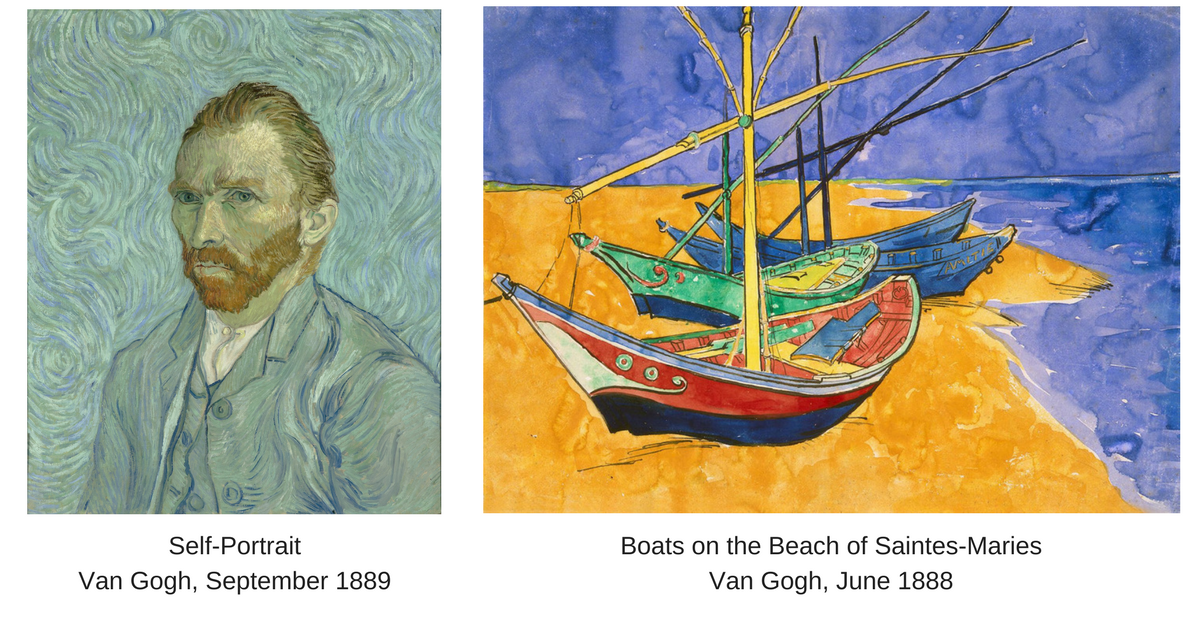
Edgar A Whitney
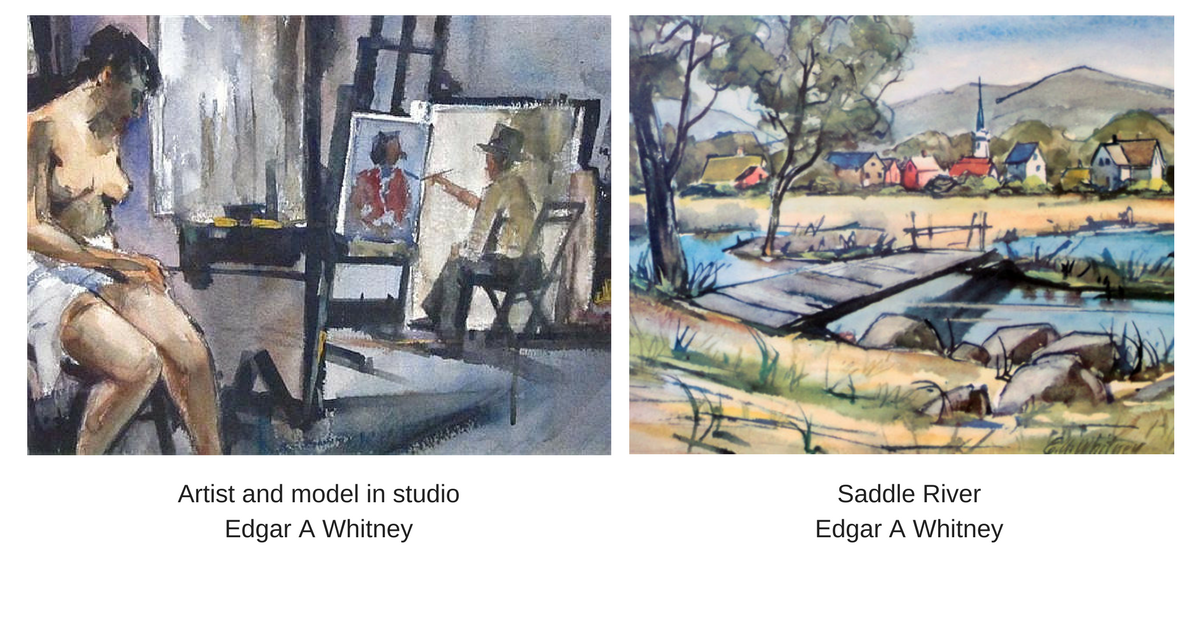
Joseph Mallord William Turner
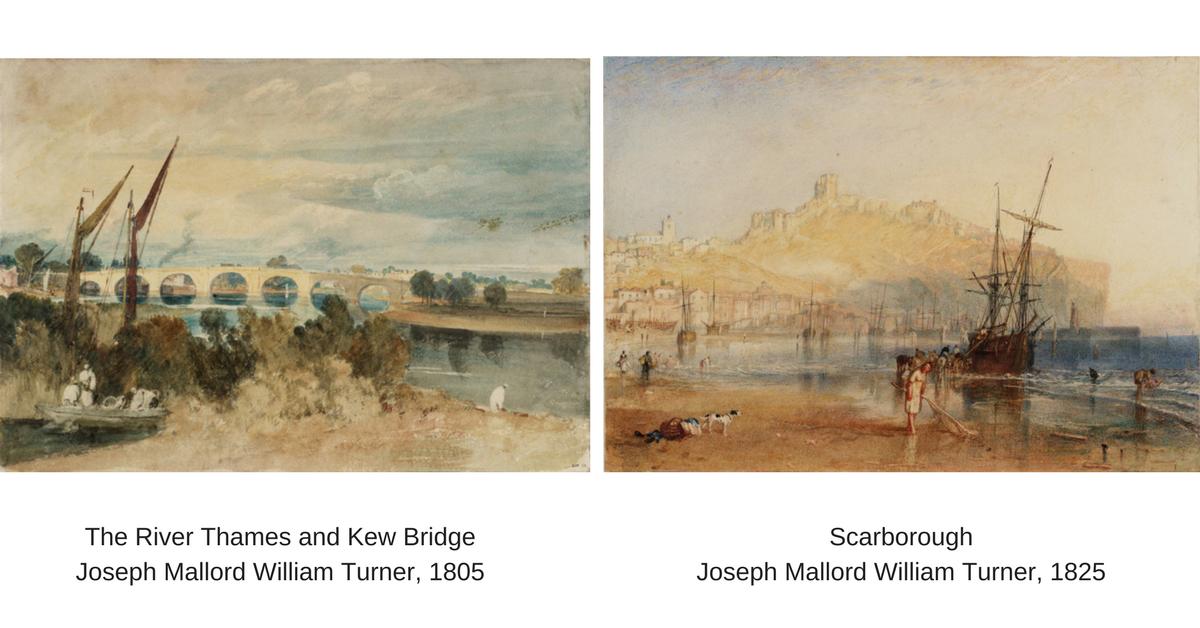
Milford Zornes
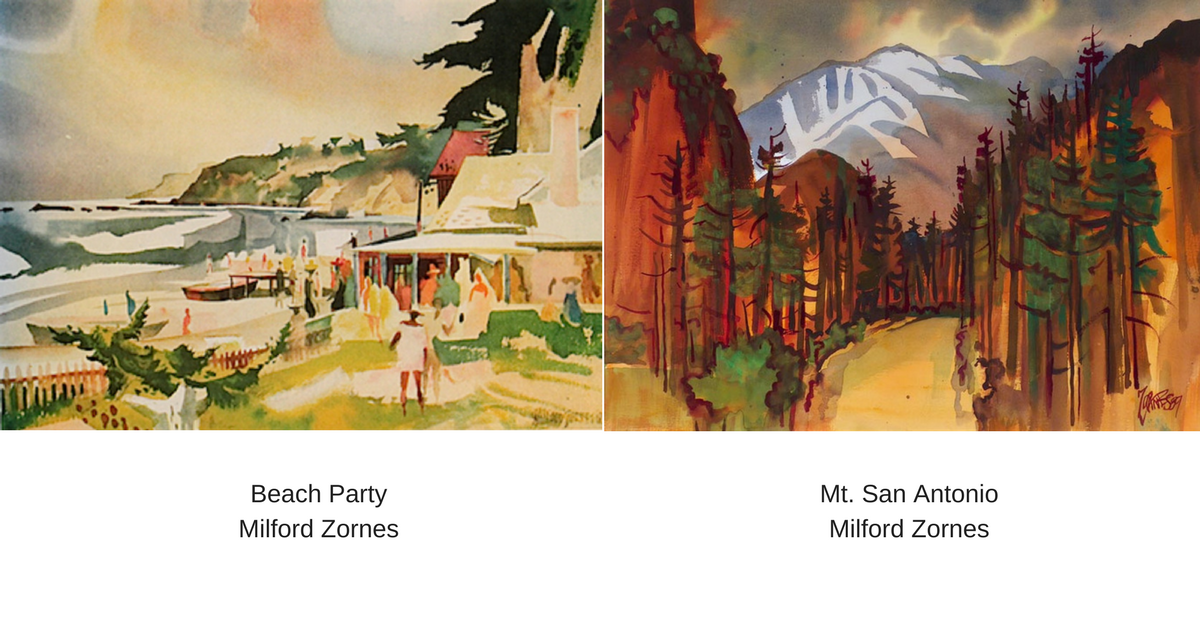
Andrew Wyeth
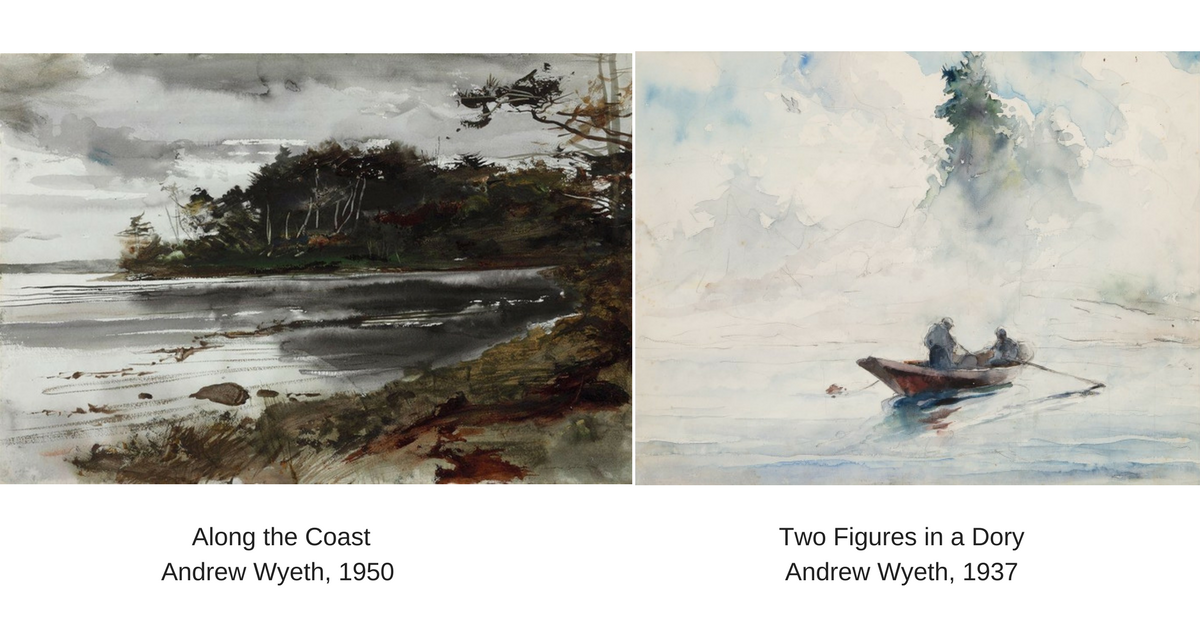
John Pike
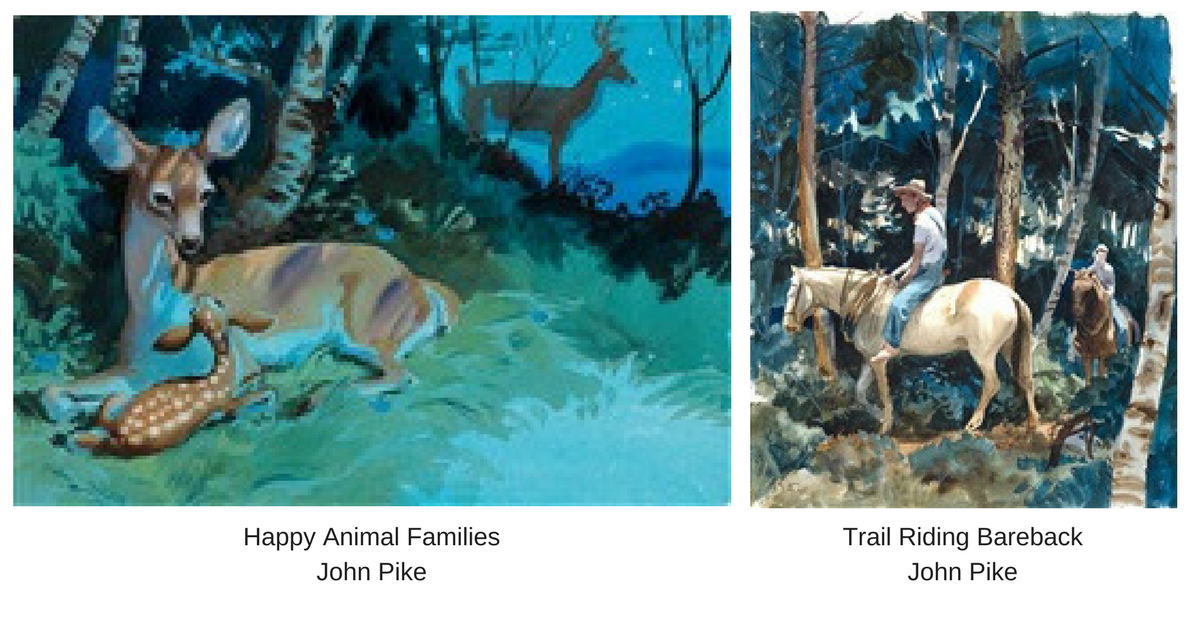
Of course, there are countless more artists who contributed to the development of the technique. We’ve mentioned just a few ones so you can have an idea of the uniqueness, perspectives, and possibilities of the method. Hope you can make your way around to know more about the work of other artists.
Watercolor Characteristics
Pigments
The first feature has to do with the raw material of the paint to work the technique consistently on paper and produce its peculiar effect. Pigments come from a wide range of sources whether organic or synthetic such as carbon, ochres, carmine, etc.
Transparency and opacity
These unique features give a special effect to Watercolor. Transparency means that once you have painted a first layer (a dark one), it won’t be affected when it’s covered by a light color layer.
You can also see transparency when the white color of paper remains which give the colors the light tone. Tones can gradually change from light tones to darker ones depending on the color and amount of water to produce opaque colors. The best way to experiment with these features is playing around with your brushes and using the different colors.
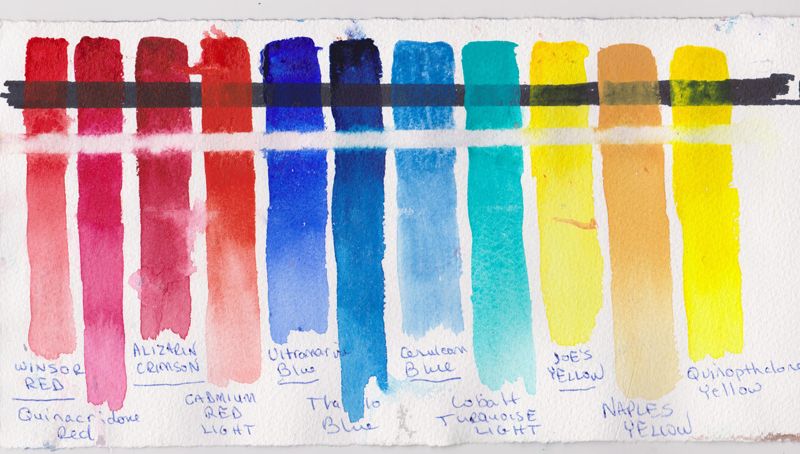
Staining and non-staining properties
These features have to do with the way some colors behave on the surface of the paper.
- Staining colors: are those that are easily absorbed by the surface (usually the dark colors). For instance, when trying to remove the layer, there are many pigments left.
- Non-staining colors: They remain on the surface and are easier to remove them from the layer since the amount of pigment absorbed is less.
Color mixing
Water is the diluent of watercolor paints. The most important thing to understand when it comes to mixing colors is the amount of water to be used. The more water you add, the lighter the colors become. Notice that once the paint is dry, the colors become even lighter.
The understanding of these characteristics will help you know the proper use of the technique so you can take the most out of the properties and behavior of the paints.
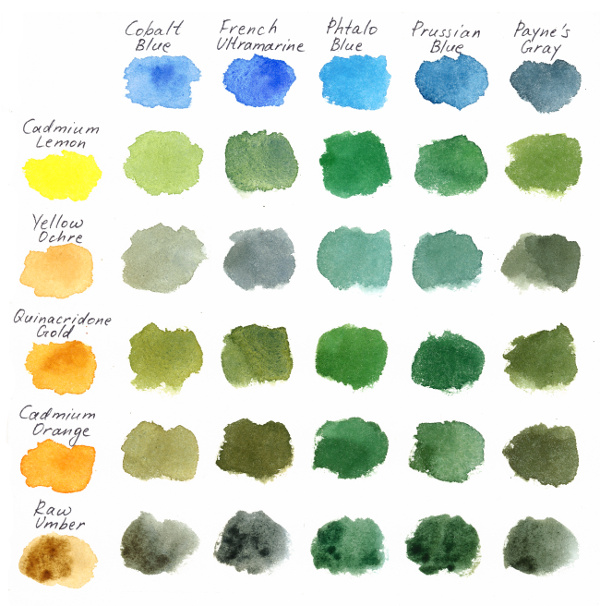
Watercolor today
Watercolor painting is far away from being just a ludic technique, but considered a form of artwork. Nowadays there’s a high tendency to use this technique as the favorite one by many artists.
Why is this technique beautiful? On the one hand might be the easy way to carry the different tools and the versatility of the technique, on the other, the unique visual effect that can be achieved by this medium which seems fresh, vivid and colorful because of the white paper influencing the overall effect of the artwork.
There’s a massive interest in this peculiar artwork technique by newbies as well as by professional artists. There are many emerging artists using watercolor painting as a way of artistic expression, developing new ways of use to create even more realistic artworks.
Many consider watercolor as the starting point for other techniques.
Watercolor themes
Because of its versatility, watercolor painting can produce a variety of topics and subjects, from a drop of water to the ocean, from a bush to a forest, from a stone to a high mountain, from a sparrow to an eagle, the countryside, and the city. There’s no limitation to whatever you want to express or create. The sky’s the limit.
Nature
There are so many elements when it comes to painting a natural scene; the artists aim to arrange the details harmoniously. A landscape composition can be of different subjects such as trees, mountains, the ground, the sky, but there’s also important to capture the mood and weather to produce a successful landscape artwork.
On the other hand, the main subject of a composition can be either the forest or the tree. When painting specific and closer elements, there’s a place for varied features to play with such as tones and texture to produce a specific shape and effect.
Urban scenes
Whether is the light of a city, a foggy street, the architecture of buildings, a crowded place, it seems that urban scenes are trendy ways of artistic expression now, especially through watercolor paintings. Something that is interesting about urban scenes with watercolor is simplicity as expressing what’s going on in a very appealing way.
Portrait
Watercolor painting is the ideal medium for many artists to capture warm or cold expressions. Something typical of this technique is leaving out details that are of little relevance to focus mainly on the mood and personality of the subject.
Even though, some artists create astonishing realistic portraits that is difficult to differentiate whether is a photo or a picture portrait. Well, different styles is a way of the diverse artistic expressions after all, isn’t it?
Watercolor in graphic design
Watercolor painting is an eye-catching art expression that is not limited to nice paintings at home or a gallery; this technique has had a great influence that it’s now a design trend. Many design elements have watercolor textures whether is a webpage, branding, stationery, advertising and so on.
Watercolor elements can give a fresh and artistic view to any design that can help emphasize content. Watercolor can be a very great complementary element to some fonts.
Places to appreciate Watercolor Artworks
If you are looking forward to getting started in the world of Watercolor painting, the first thing to do is enjoy the works of others. As you’ve seen, the great artists were influenced by the work others had done before. Then they created their work and developed a unique style.
Here are some great resources to find some inspiration and boost your creativity:
